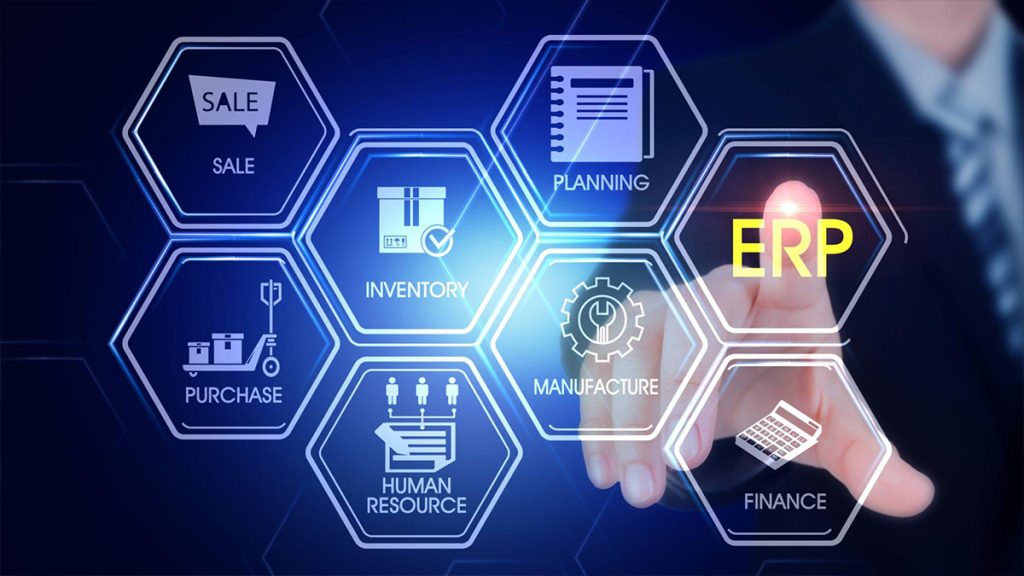Enterprise Resource Planning (ERP) systems have long been the backbone of organizations, enabling efficient management of business processes across various departments. However, the value of ERP systems goes beyond transactional data. By harnessing the power of ERP analytics, organizations can unlock actionable insights from their ERP data, leading to informed decision-making, process optimization, and improved business performance. This article explores the significance of utilizing ERP analytics and highlights its benefits in areas such as performance monitoring, predictive analysis, data visualization, and strategic planning.
Performance Monitoring and Key Metrics:
ERP analytics enables organizations to monitor key performance metrics and track the health of their operations. By leveraging ERP data, organizations can develop customizable dashboards and reports that provide real-time visibility into critical business areas. These analytics tools allow decision-makers to identify trends, compare actual performance against targets, and take
proactive measures to address any issues. Performance monitoring through ERP analytics enhances operational efficiency and drives continuous improvement.
Predictive Analysis and Forecasting:
ERP analytics empowers organizations to move beyond historical data analysis and embrace predictive analysis. By analyzing past trends and patterns, organizations can use ERP analytics to forecast future outcomes and make informed decisions. Predictive analytics can assist in demand forecasting, production planning, inventory optimization, and financial planning. By leveraging ERP analytics for predictive analysis, organizations can mitigate risks, identify opportunities, and optimize their business strategies.
Data Visualization for Enhanced Insights:
ERP analytics tools provide powerful data visualization capabilities, allowing organizations to transform complex data sets into visually compelling charts, graphs, and interactive dashboards. Data visualization simplifies the interpretation of ERP data and enables stakeholders to grasp key insights at a glance. By presenting data in a visually appealing manner, ERP analytics promotes better understanding, facilitates data-driven discussions, and enables stakeholders to make informed decisions quickly.
Process Optimization and Efficiency:
ERP analytics enables organizations to identify process bottlenecks, inefficiencies, and areas for improvement. By analyzing ERP data, organizations can gain insights into their business processes, identify gaps, and implement process optimization initiatives. Whether it is streamlining procurement, optimizing inventory management, or improving order-to-cash cycles, ERP analytics provides the necessary visibility and data-driven insights to drive process efficiency and enhance overall business performance.
Strategic Planning and Decision-Making:
ERP analytics plays a pivotal role in strategic planning and decision-making. By analyzing ERP data, organizations can identify market trends, customer preferences, and emerging opportunities. These insights allow decision-makers to align their strategic initiatives with market dynamics and make informed decisions that drive growth. ERP analytics supports scenario analysis, sensitivity modeling, and what-if analysis, enabling organizations to evaluate different strategies and their potential outcomes.
Continuous Improvement and Performance Optimization:
ERP analytics supports continuous improvement initiatives by providing organizations with real-time feedback on performance metrics. Through ERP analytics, organizations can track KPIs, set performance targets, and identify areas where improvements can be made. With the ability to perform root cause analysis, organizations can pinpoint the underlying factors affecting performance and implement corrective actions. ERP analytics promotes a data-driven culture of continuous improvement, fostering innovation and operational excellence.
Conclusion:
Leveraging ERP analytics is essential for organizations seeking to maximize the value of their ERP systems and drive enhanced business performance. By utilizing ERP analytics tools for performance monitoring, predictive analysis, data visualization, strategic planning, and continuous improvement, organizations can transform their ERP data into actionable insights. ERP analytics empowers decision-makers with the information needed to make informed decisions, optimize processes, and achieve business objectives. Embracing ERP analytics as a strategic asset enables organizations to thrive in a data-rich environment and gain a competitive edge in today’s rapidly evolving business landscape.
